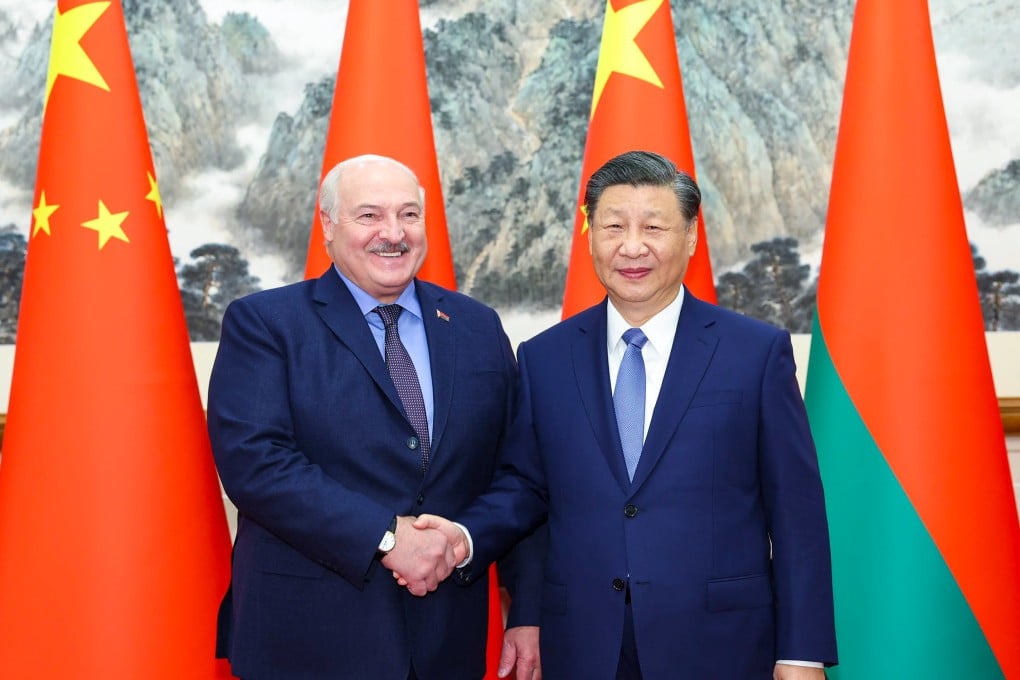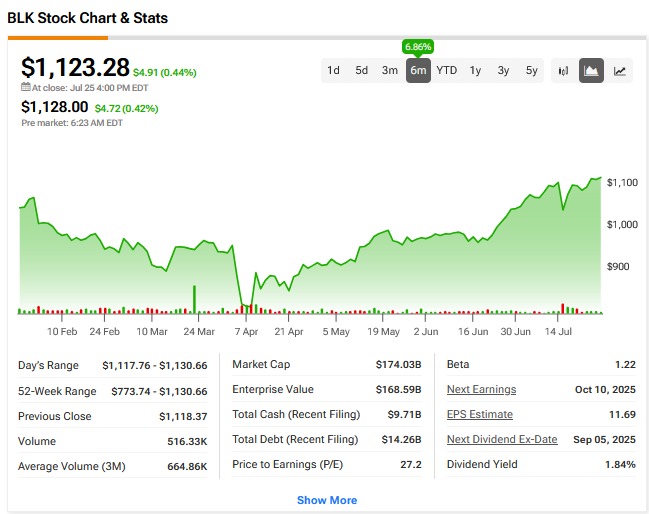The scope of China’s “One Belt, One Road” initiative is truly vast and multifaceted. A notable example is the recent shipment of three tons of goods (comprising 25 product types) from Belarus to China’s Xinjiang Uygur Autonomous Region (XUAR) through the Khorgos checkpoint—marking the first such occurrence in history.
In this context, it is worth noting that China’s exports to Belarus reached $6.6 billion in 2024. However, Belarus’s exports to China are far more modest. The peak year was 2023, when Belarusian exports to China amounted to $2.6 billion. In January–April 2025, exports to China increased by 4% (about $680 million), while imports grew by 12% (nearly $2 billion).
China exports not only consumer goods to Belarus but also essential technological equipment. Moreover, Beijing has become a vital partner for Belarus in infrastructure development by providing loans to finance the construction of cement plants, Olympic-level stadiums, and other facilities. Amid declining trade volumes with the West due to sanctions, China has become an alternative source for Belarus to import technology, equipment, and raw materials. Additionally, China has served as a channel for delivering sanctioned goods into Belarus.

Photo: Open source
It is therefore unsurprising that, according to Belarusian Foreign Minister Maksim Ryzhenkov, the country’s trade turnover with China in 2025 may double that of its trade with the European Union—“a figure that was probably three times lower just four years ago.”
China also remains the largest buyer of Belarusian potash. Minsk is aiming to expand its exports of food and agricultural products to China. The Belarusian government has identified around 70 potential joint projects to complement the existing portfolio of business initiatives.
The largest joint undertaking between Belarus and China is the China-Belarus Industrial Park “Great Stone,” considered a key component of the economic belt of the new Silk Road. It is envisioned as a future eco-city with a special legal status, optimal conditions for doing business, and innovative production with high export potential.
Regional cooperation plays a distinct role in China-Belarus relations. According to Belarusian Economy Minister Yuri Chebotar, “each region and the capital of Belarus has about three sister regions in China,” supported by a broad legal and contractual framework. The Research Institute of the Ministry of Economy of Belarus reports that Belarusian producers of pharmaceuticals, computing, electronic and optical devices, and machinery are the most active participants in industrial cooperation with Chinese counterparts. From Chinese provinces, Belarus imports semi-finished products and components.

Source: TV Brics
For example, Minsk signed a memorandum of partnership with Qingdao, focusing on urban digitization technologies and integrated solutions for managing the urban environment, including waste processing.
The Vitebsk region signed a cooperation plan for 2025–2027 with China’s Heilongjiang province. Gansu province, in turn, has established sister relationships with the Grodno region and several Belarusian cities. Investment projects such as SIGICOP are underway in Belarus, and a large-scale eco-farm has been developed by Gansu Machinery. The Chinese Medicine Center established in Grodno by Gansu was the first of its kind in Belarus. During an international sister-city forum held in Shandong this May, Belarus signed contracts with Chinese counterparts worth nearly $100 million. That same spring, a delegation from Belarus’s Mogilev region participated in the 22nd food exhibition in Luohe, Henan Province.
Cultural exchange is a particularly vibrant aspect of regional cooperation. On July 20, an event titled “Month of Exchange between Qingdao and Sister Cities” was launched in Minsk. Additionally, through the Chinese Embassy and Chinese Cultural Center in Belarus, various cultural events are regularly organized, such as the Spring Festival, Chinese Language Day, and exhibitions of traditional and contemporary Chinese art. National cuisine festivals and applied arts fairs are also common. Belarus hosts six (!) Confucius Institutes, which promote intercultural dialogue, strengthen academic and scientific ties, and support joint research and educational projects.

Source:South China Morning Post
Overall, the developments in all areas of China-Belarus cooperation are a reflection of their warm intergovernmental relations. During Belarusian President Alexander Lukashenko’s visit to China in June, Chinese President Xi Jinping referred to the two countries as “true friends and good partners.” He called for deeper political trust and practical cooperation in all areas. Xi also expressed China’s readiness to enhance coordination on the international stage and work together “to uphold justice and counter hegemony and bullying.”
In this light, the arrival of Belarusian goods for the first time in XUAR via the Khorgos checkpoint—mentioned at the start of this article—is no coincidence. Given the plans announced in July to improve logistics and rail transportation between Beijing and Minsk through international corridors, this route is poised for further development.








